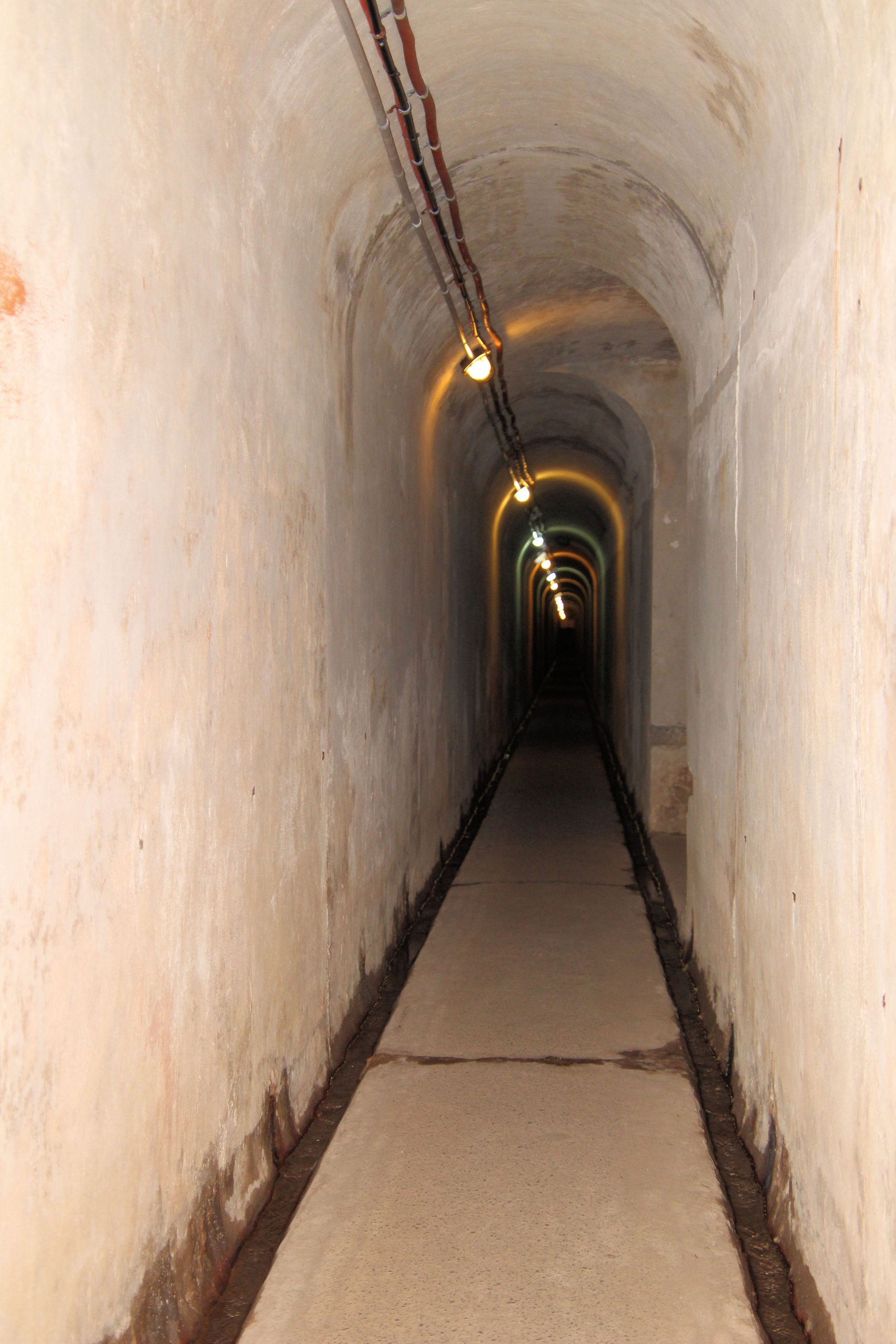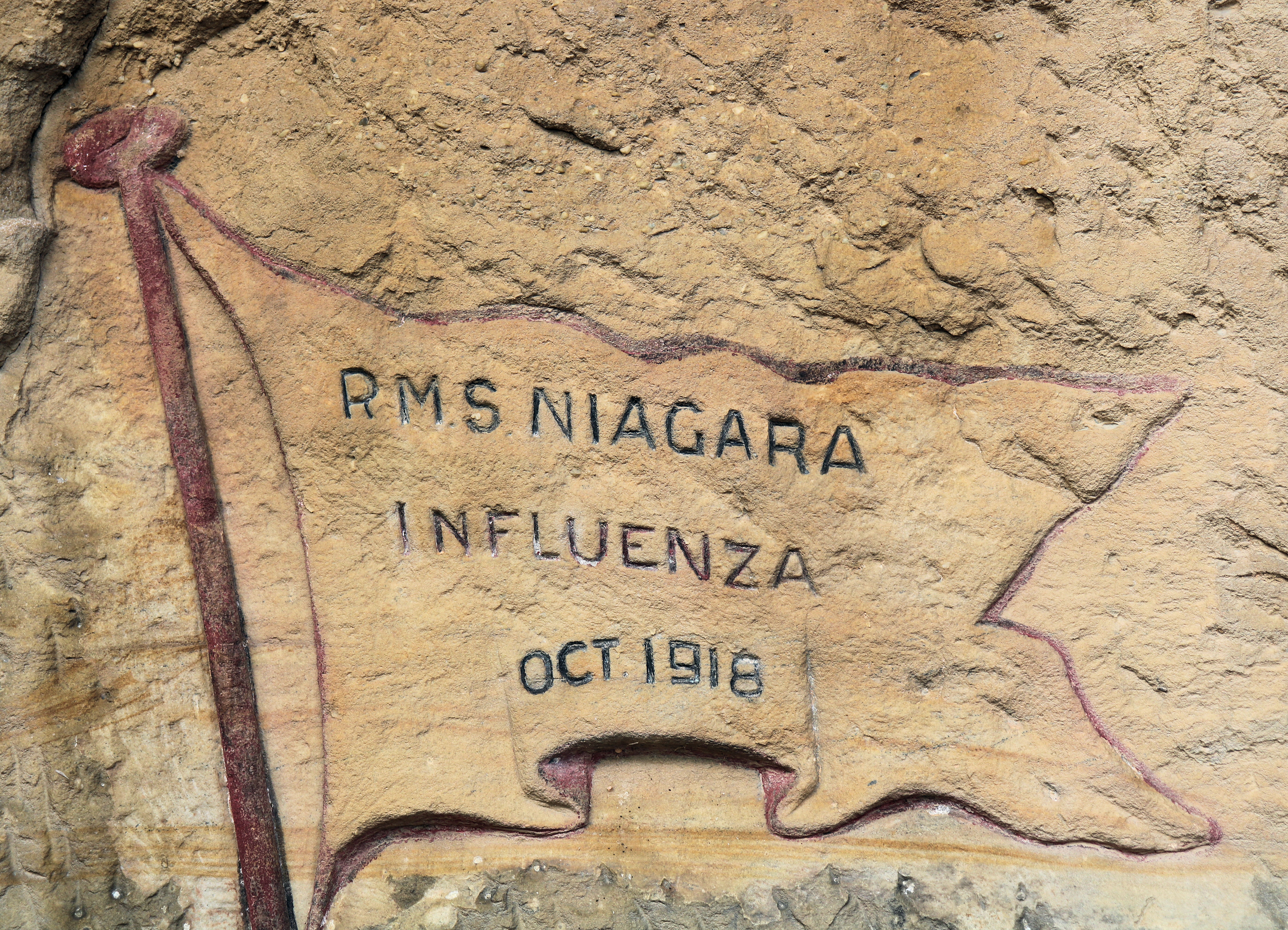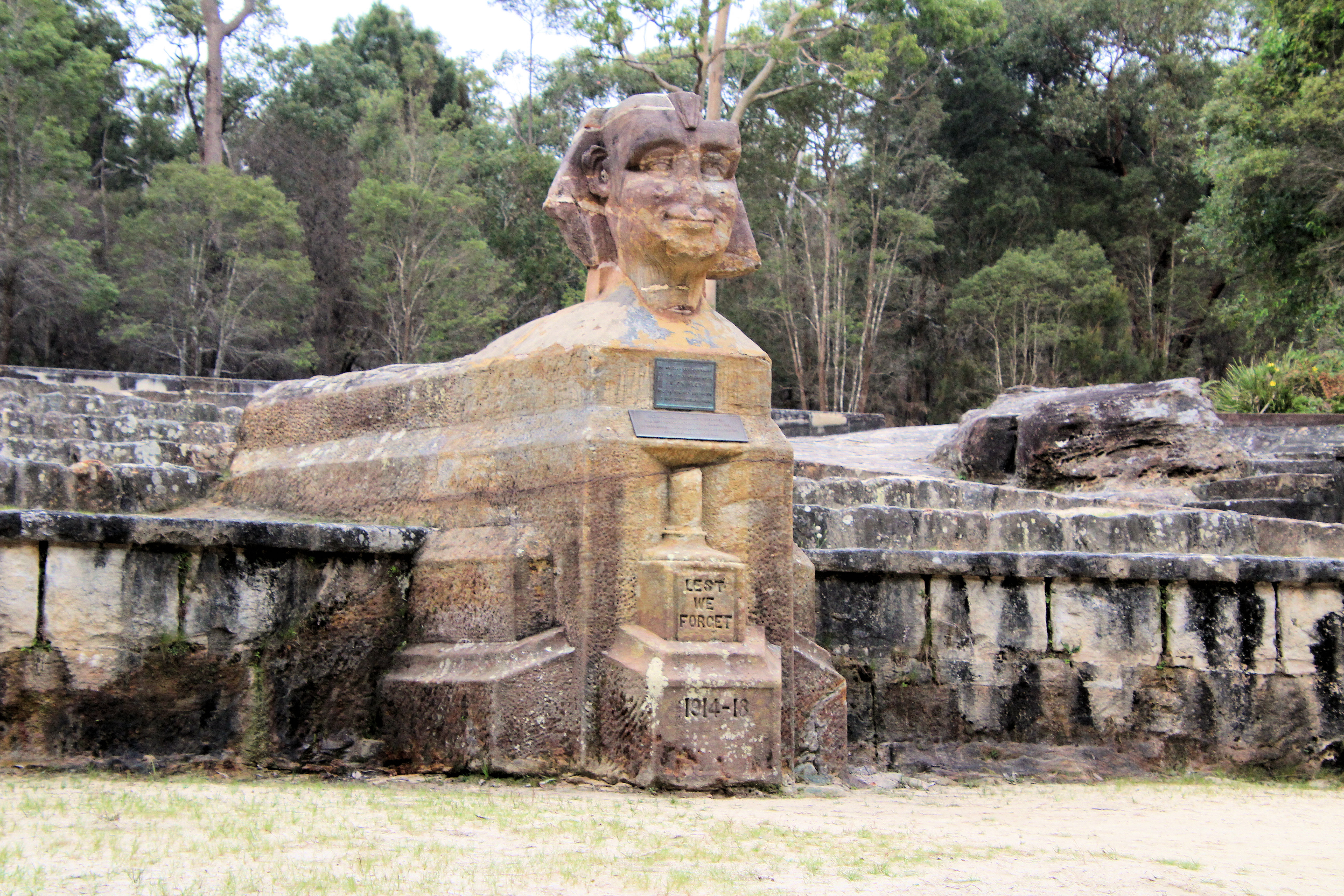Category: National Park
-
North Head Sanctuary and Tunnels

North Head Operated by Sydney Harbour Trust, North Head is an ex-army heritage listed site. Staffed by volunteers, the Visitor Centre is an ideal point to start your exploration of the area as they can provide you with an overview of what’s available. Our visit on a Sunday corresponded to the day that a guided… Read more
-
North Head Quarantine Station Sydney

North Head Quarantine Station An important part of Sydney’s past, North Head Quarantine Station once protected the city from disease by acting as the quarantine station from early in the colonies founding until 1984. Although now disused, and renamed Q Station, it contains accommodation and a restaurant, while preserving the historical significance of the area.… Read more
-
Sphinx Memorial Ku-ring-gai Chase National Park

Sphinx Memorial Ku-ring-gai Chase National Park Located near the North Turramurra Gate and the Lady Davidson Private Hospital, the Sphinx Memorial commemorates the fallen soldiers of World War One. Restored and rededicated in 1995, the memorial now has had a new lease of life. Made from local sandstone by 5756 Private W. T. Shirley as… Read more